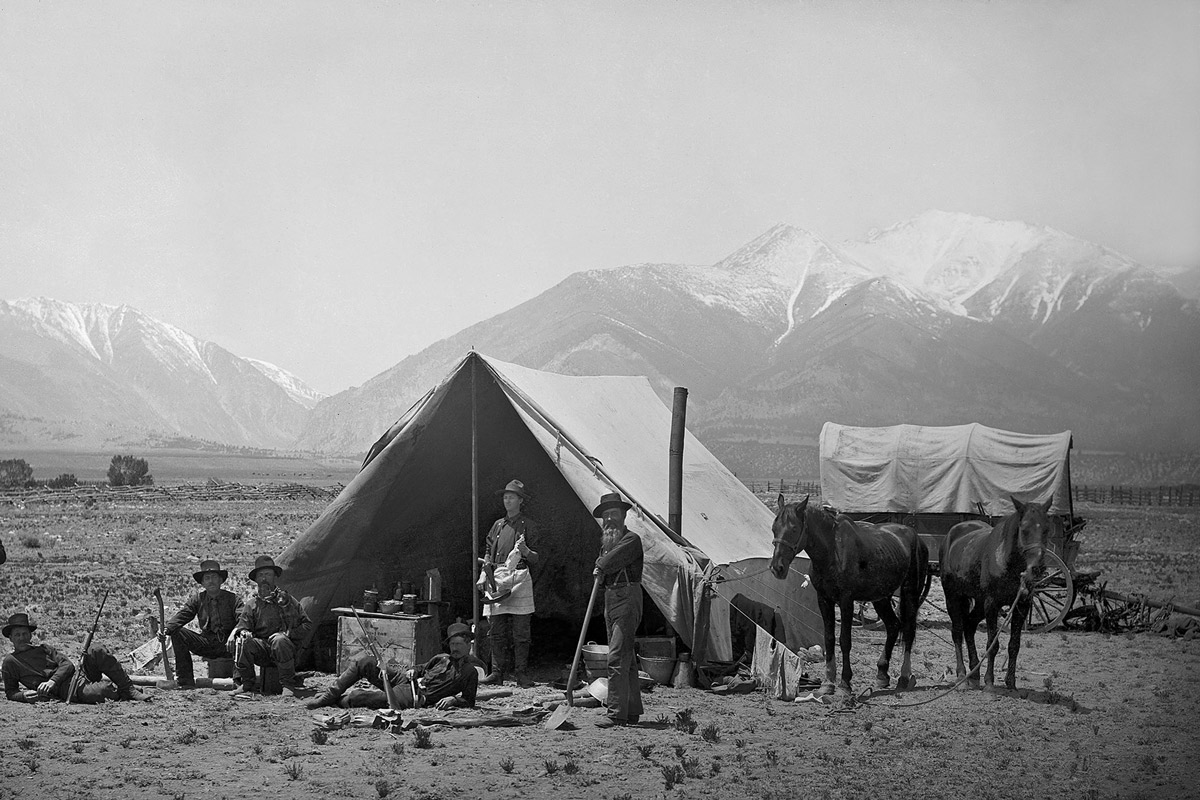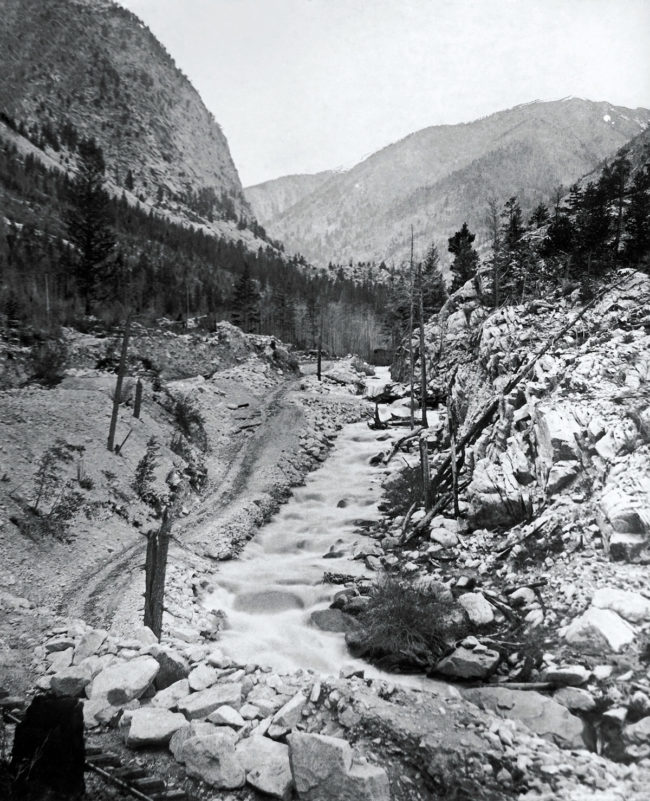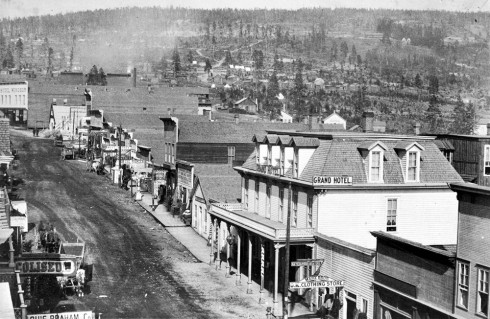
Note: The following is an excerpt from the book, Colorado Then & Now by Grant Collier and his grandfather Joseph Collier.
“This mountain was named after the miners, after D. C. Collier, one of the editors and proprietors of the Register, in consideration of his eminent success as a prospector. The view is from the Perue Fork of the Snake River, which runs down through the willows in the foreground. It is from the direct front, looking down through one of the beautiful, sunny, grassy, parks, which constantly recur, and which, in their season, are covered with gorgeous foliage so peculiar to the western slope of the continent.” – Joseph Collier on an image of Collier Mountain


